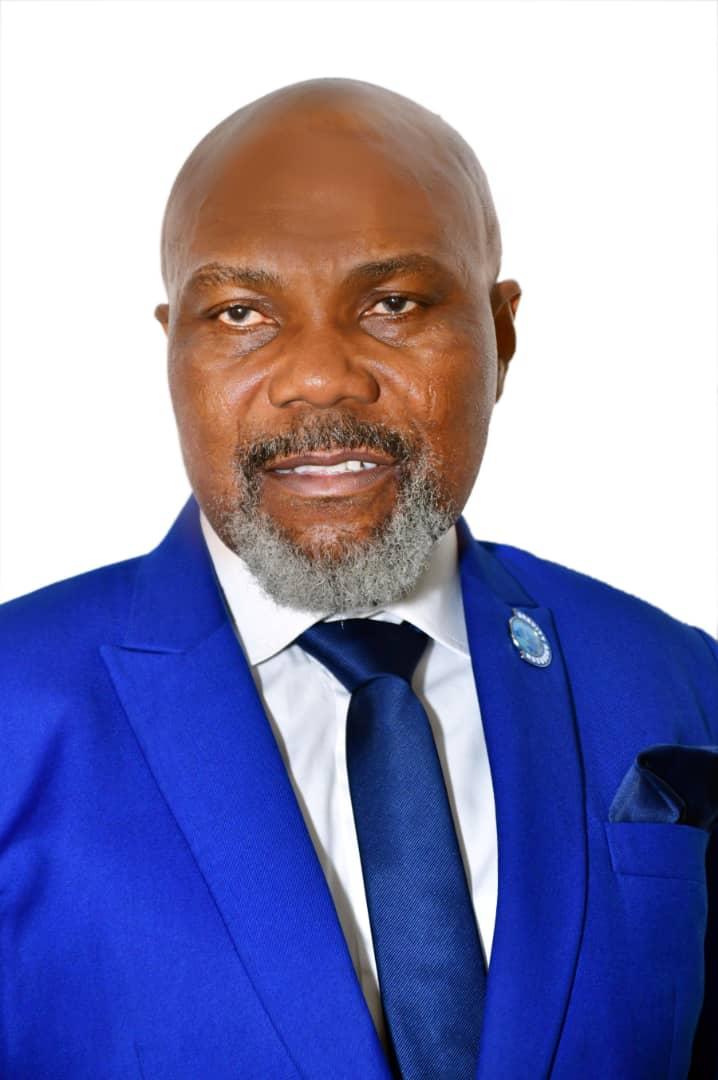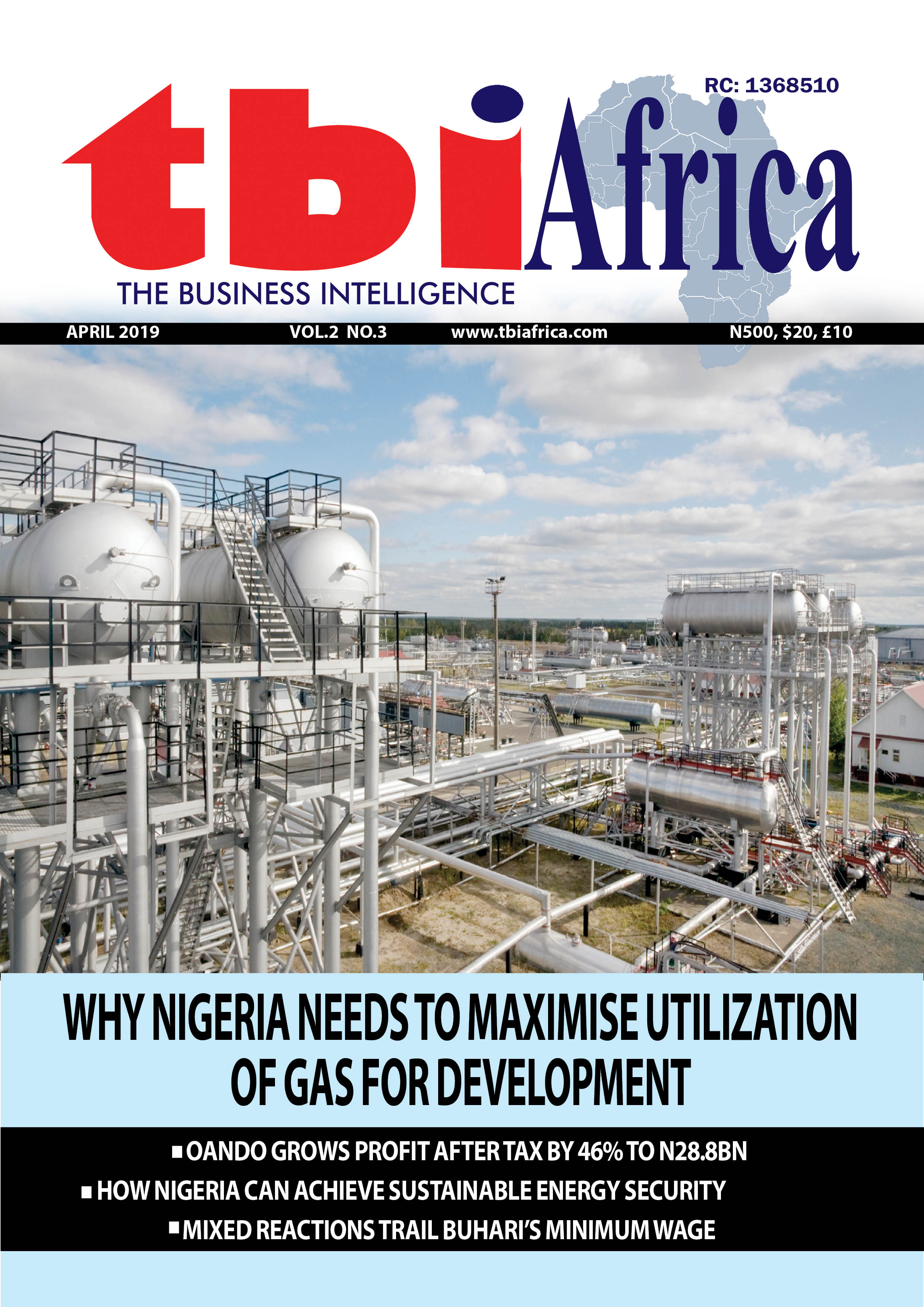Photo caption: Kunle Odusola-Stevenson
By Kunle Odusola-Stevenson
Let’s put it plainly: events are strategic business weapons—not parties, not protocol formalities, not checkbox items on a marketing calendar. They are platforms for influence, levers for visibility, and some of the most efficient tools for storytelling, persuasion, and stakeholder engagement.
If you’re in the business of perception, power, policy, or profit—and you’re not taking events seriously as a public relations engine—then you’re leaving money, credibility, and long-term brand equity on the table.
Over the years, I’ve seen the magic that happens when events are not just planned, but strategically engineered—from the oil platforms of the Niger Delta to the policy halls of Abuja. The question is no longer whether events matter. The question is: Are you using them as tools of leverage?
Let’s break it down—one pillar at a time—with real-world examples that illustrate just how powerful a well-curated event can be in the arsenal of any brand, institution, or leader.
- A Theme Is Not a Tagline. It’s a Strategic Statement.
An event theme is more than decoration—it is direction. It’s the controlling idea that aligns every speaker, every media headline, every conversation in the corridor. If you’re not crafting your themes with intention, you’re forfeiting a golden opportunity to shape industry dialogue.
Take the 2024 CORAN Summit(Crude Oil Refinery Owners Association of Nigeria). The theme—“”Making Nigeria a Net Exporter of Petroleum Products,””—was a strategic masterstroke. It positioned CORAN not just as an association of refinery operators, but as a vital national player in Nigeria’s energy independence narrative. The theme influenced every element: media questions, policy remarks, and investor interest. It transformed what could have been a routine AGM into a national economic conversation.
Or consider NIES 2025, which will anchor itself on the theme: ““Bridging Continents: Connecting Investors Worldwide with Africa’s Energy Potential”.” This is not just clever wordplay—it is direction-setting. It signals to the international community that Nigeria is not just reacting to global energy shifts, but actively shaping its trajectory through inclusive dialogue and local action.
In both cases, the theme served as a strategic megaphone—broadcasting brand intent, framing the event’s public reception, and attracting the right mix of stakeholders.
- Sponsorships: Don’t Sell Tiers. Sell Relevance.
Sponsorships should no longer be transactional. When done right, they are partnerships—opportunities for sponsors to place themselves at the centre of high-value conversations and audiences they care about.
Smart event sponsors are no longer content with logo placements. They want voice, visibility, and value. They want to be part of the narrative.
At high-level industry events we’ve supported, forward-thinking sponsors co-create sessions, sponsor research briefings, and even take ownership of thematic lounges and side-events that align with their brand objectives. When a financial institution sponsors an asset management session, or a tech firm curates a data panel within a broader energy summit, they move from silent funders to thoughtful conveners. That’s how you win in 2025 and beyond.
- Thought Leadership: The Event Is the Stage. What’s Your Script?
Thought leadership isn’t a buzzword—it’s a strategy. And events are the stage where it plays out in full view of your industry, the press, and your next investor.
At events like NIES, IPPG’s engagement sessions, and even Sahara Energy’s technical showcases, the most influential leaders aren’t the ones with the longest CVs—they’re the ones who control the conversation.
For public relations teams, a CEO keynote or panel participation is not just “stage time”—it’s reputation real estate. Every quote, every media pick-up, every clip shared on social media is brand positioning at work. In a single 15-minute fireside chat, a company can shift how regulators view them, how partners perceive them, and how the press frames them.
- Media Is Not the Side Dish. It’s the Amplifier of Legacy.
What’s the point of a great event if the world doesn’t hear about it?
Media and publicity are not afterthoughts—they are central to the value chain of events. Done right, a well-structured media plan can extend the lifespan of your event far beyond the day it ends.
Take the Society of Petroleum Engineers (SPE) Nigeria Council events. These are technically rich gatherings. But without an integrated PR strategy, they risk being siloed. At the last twenty editions, strategic pre-event media briefings, real-time social media coverage, targeted press engagements, and post-event technical reportage helped reposition SPE from a niche engineering society to a visible national voice in energy advocacy and capacity development.
The result? Mainstream press coverage, LinkedIn trend traction, and increased participation from policymakers and international partners.
In the PR world, events create the moment—media multiplies it.
- Branding: Events Are Not Decorations. They Are Brand Theatre.
Every detail of your event—from signage to stagecraft, from badges to booths—is a branding opportunity. If you’re not intentional about how your brand looks, feels, and sounds at your events, you’re squandering valuable PR capital.
Case in point: Nigeria International Energy Summit (NIES) and SPE NAICE (Nigeria Annual International Conference and Exhibition). Over the years, it has evolved from a technical forum to a multi-brand showcase. The difference? Experience and aesthetics.
From LED-powered exhibition booths by firms like Aradel Holdings, to experiential lounges hosted by Suntrust Atlantic Energies, every space is built for storytelling. We’ve seen booths transform into live demo labs, press hubs, and content creation spaces—all reinforcing the brand’s identity and value proposition.
In a competitive event environment, it’s not who shouts loudest. It’s who stages the most immersive brand experience.
- Events Are PR with ROI—and Yes, You Can Measure It
For years, the biggest myth in event planning has been that impact is intangible. That’s false.
With the right strategy and tracking systems in place, events can deliver quantifiable ROI:
- Media reach
- Investor interest generated
- B2B leads acquired
- Brand perception shifts
- Policy traction
- Stakeholder engagement metrics
At NIES, SPE NAICE and NGA events, we’ve developed sponsorship and content packages that tie directly to KPIs. If you’re investing millions in an event, you deserve more than applause. You deserve results. And results must be measured—not in vibes, but in numbers.
- For Community-Facing Brands, Events Build Legitimacy
Events aren’t just for policymakers and investors. For brands with community footprints—especially in extractive sectors—events are your soft power toolkit.
Whether it’s a town hall, stakeholder forum, or CSR showcase, bringing local actors into the conversation builds trust, transparency, and long-term buy-in.
This was evident during the DEVELOP ONDO 2.0 Summit convened by Ondo State Government. It wasn’t just a conference. It was a repositioning tool. For the first time, Ondo State wasn’t being discussed as a marginalized oil-producing zone, but as an untapped maritime frontier. That shift didn’t come from white papers—it came from people-centered storytelling facilitated by a carefully curated event.
In Closing: Command the Stage or Fade Into the Crowd
In 2025 and beyond, the brands that will dominate hearts, headlines, and market share are not just the ones with deep pockets—but those who understand how to use platforms. Events are those platforms.
They’re where policy is influenced. Where investment decisions are born. Where trust is built. And where legacy begins.
So, stop seeing events as logistics. Start seeing them as strategy.
At Legend and Legacy PR, we curate events that do more than happen. We curate moments that move markets, reframe conversations, and build brand capital. And when it’s done right, an event isn’t just a day on the calendar—it’s a message, a movement, and a milestone.
Kunle Odusola-Stevenson, ANIPR, Conference Producer/PR Strategist



